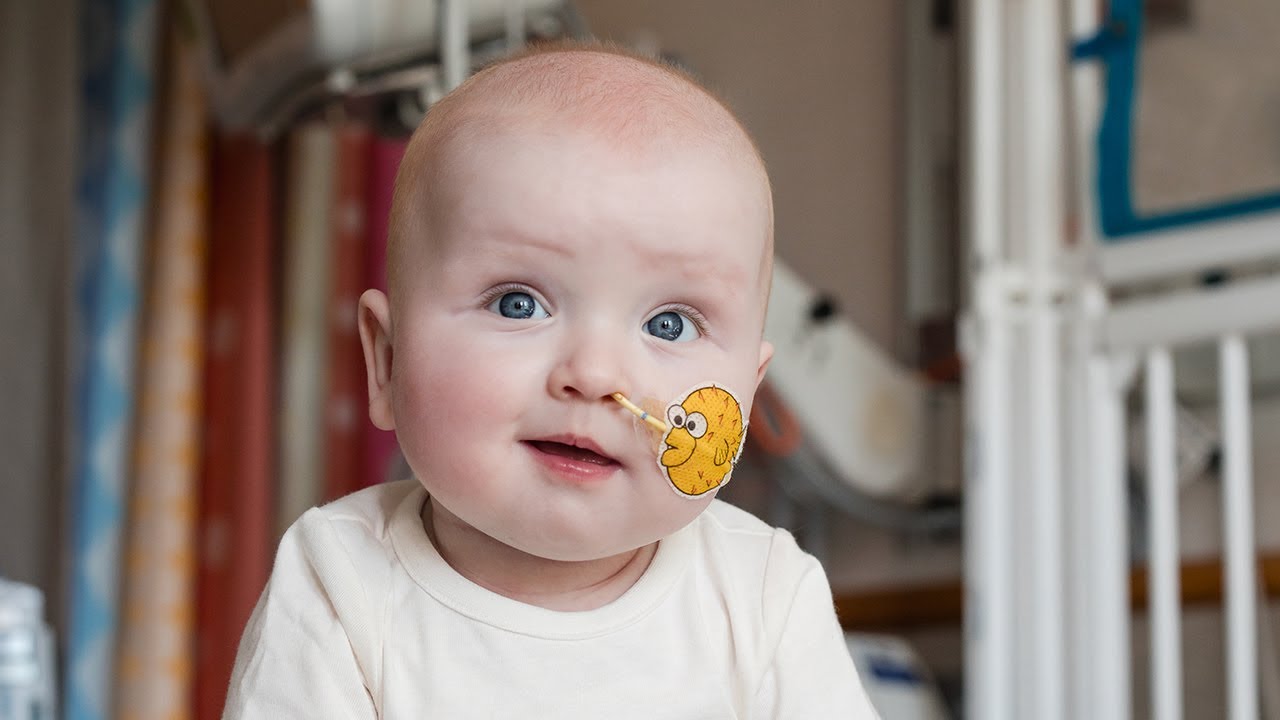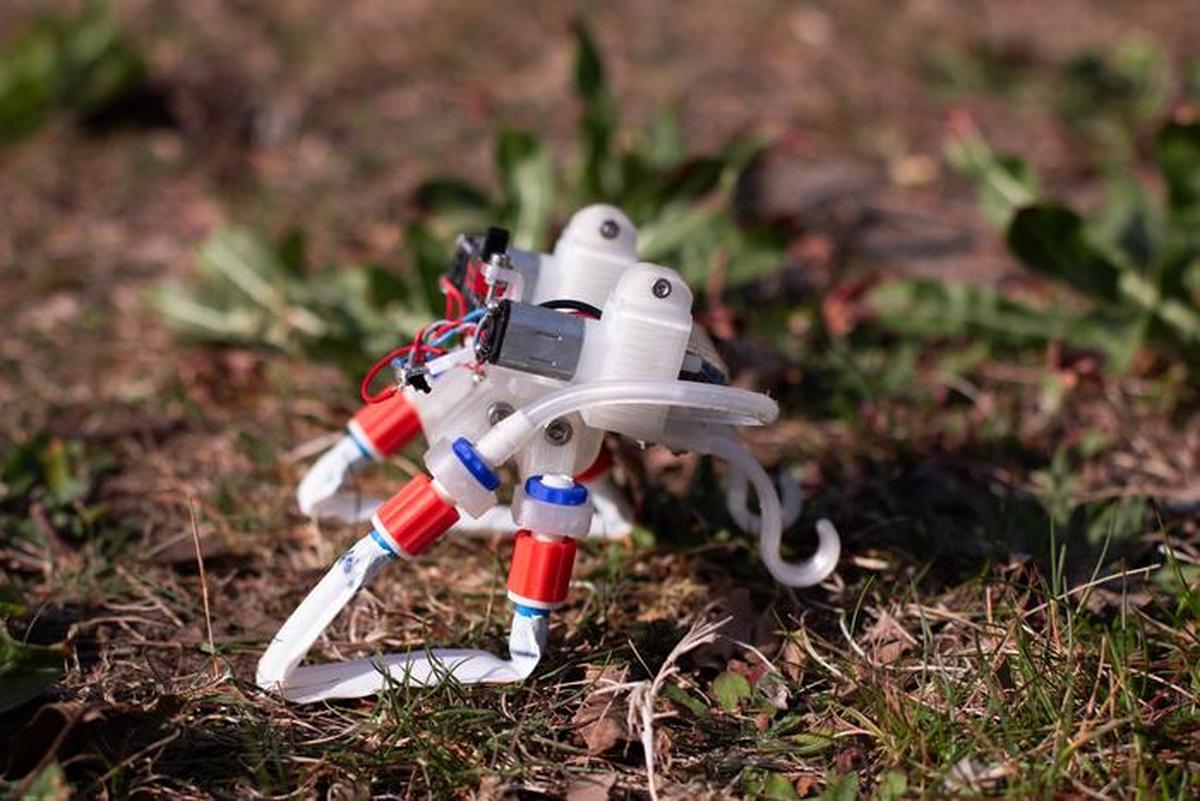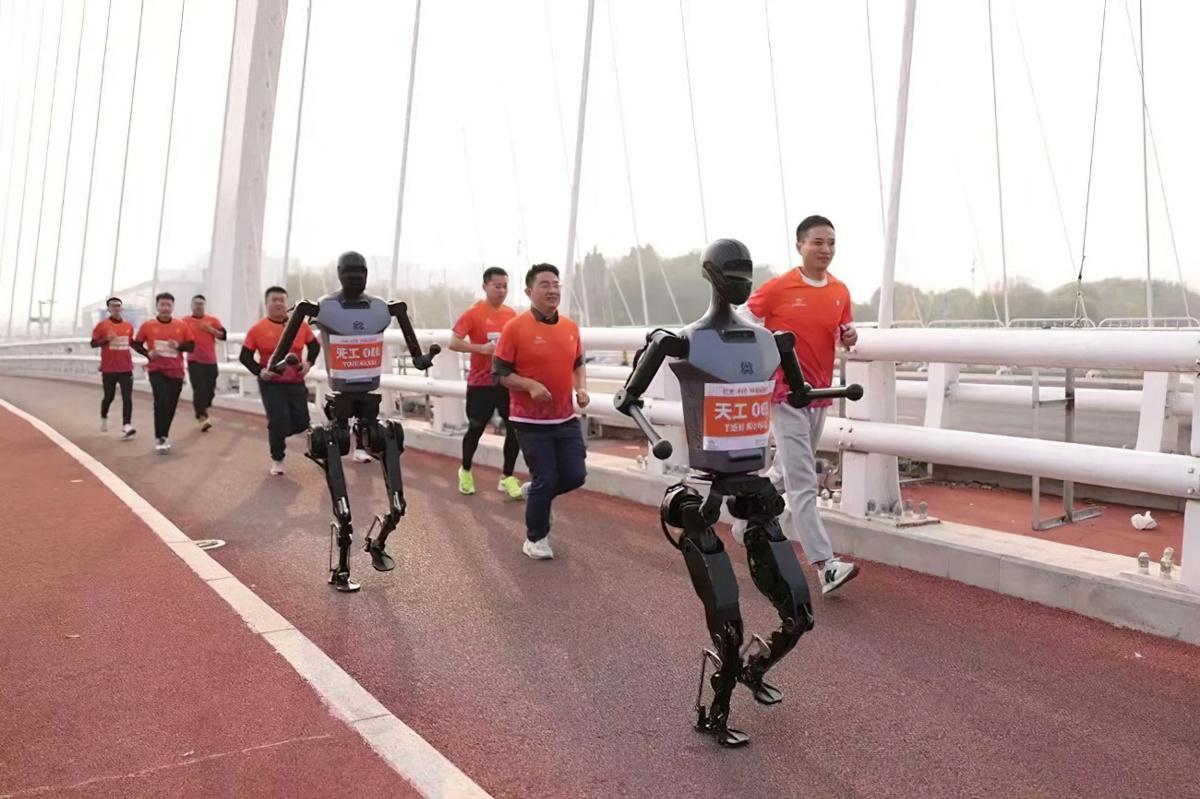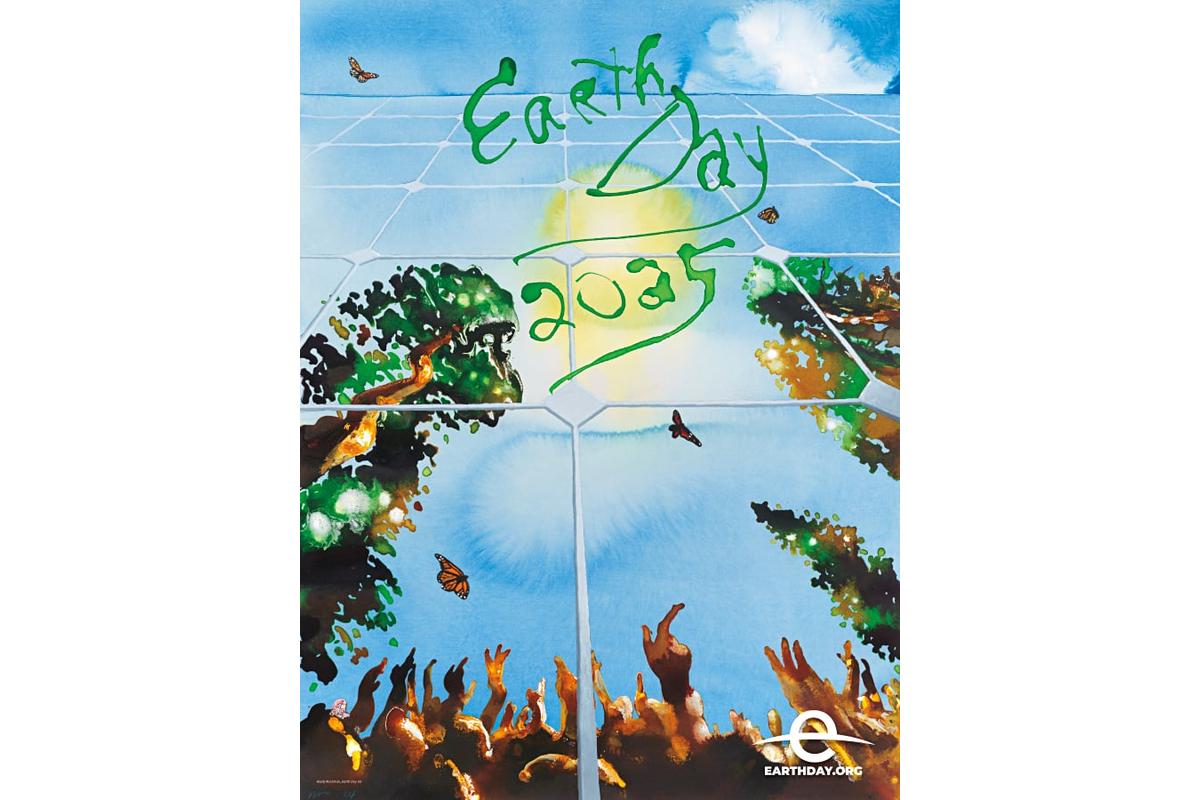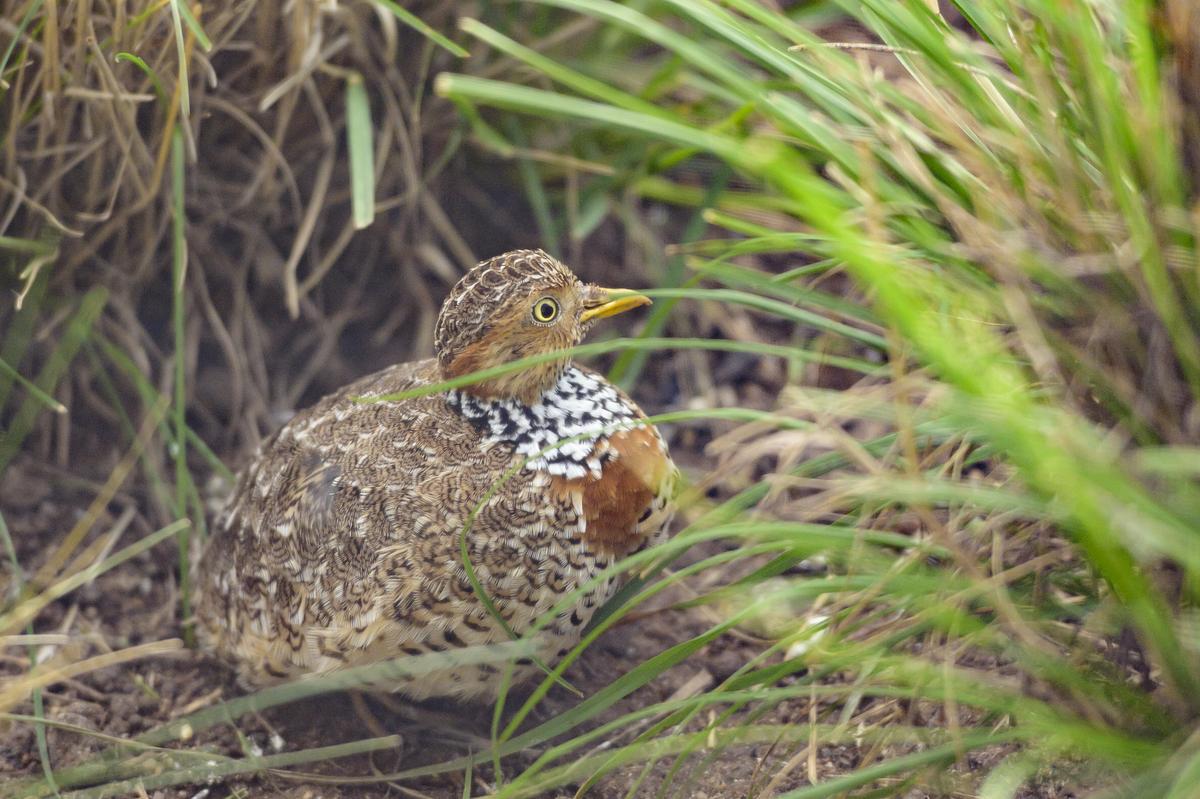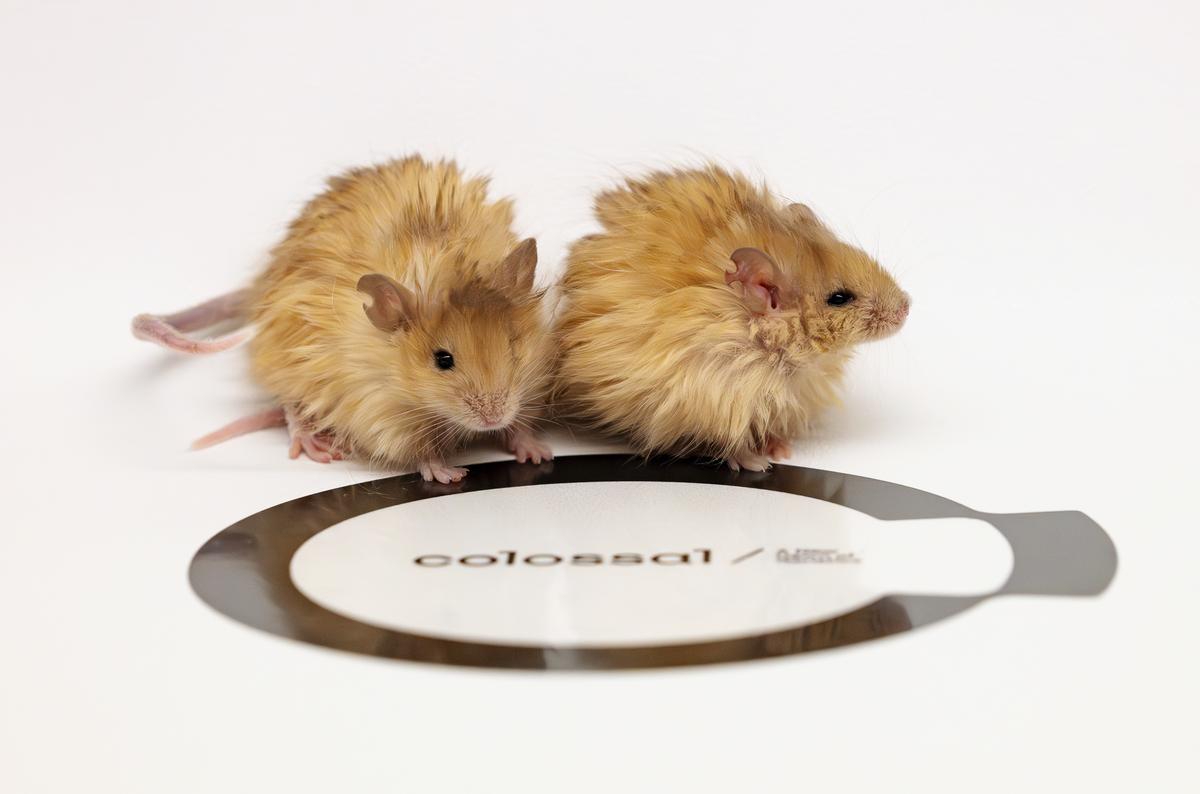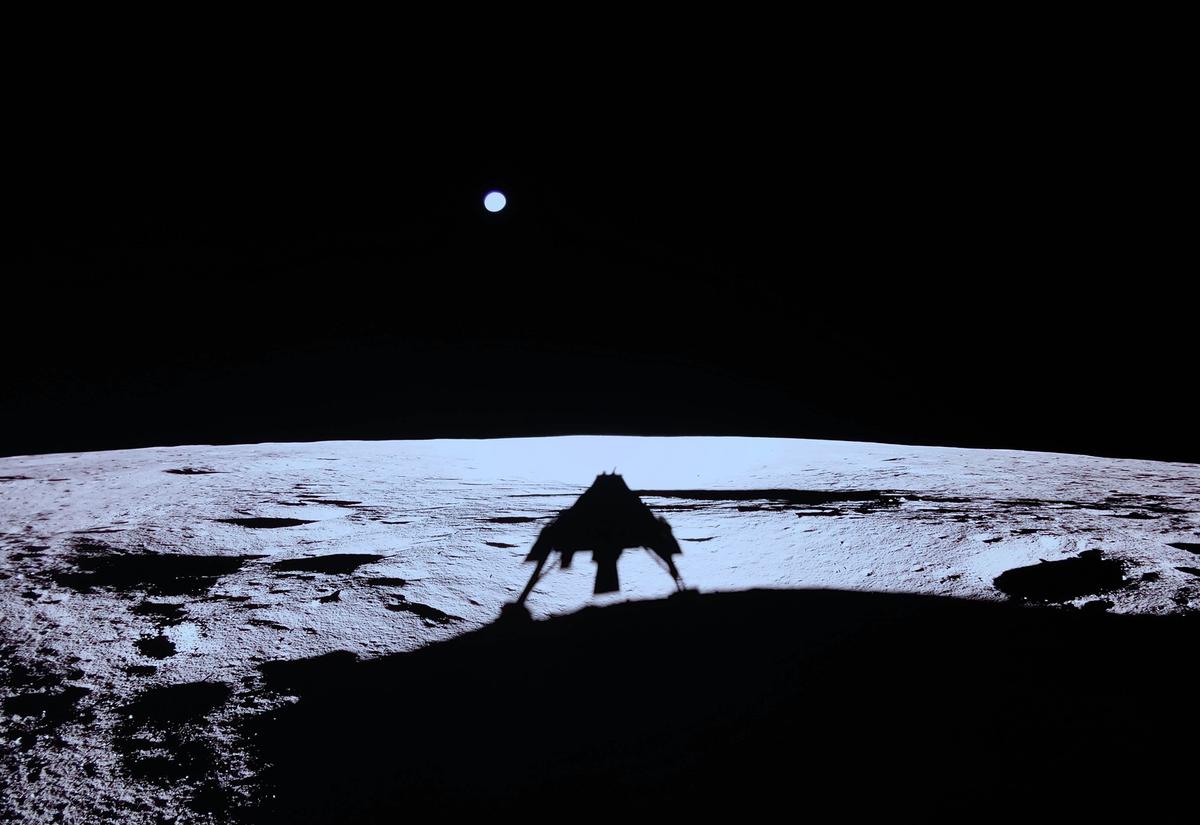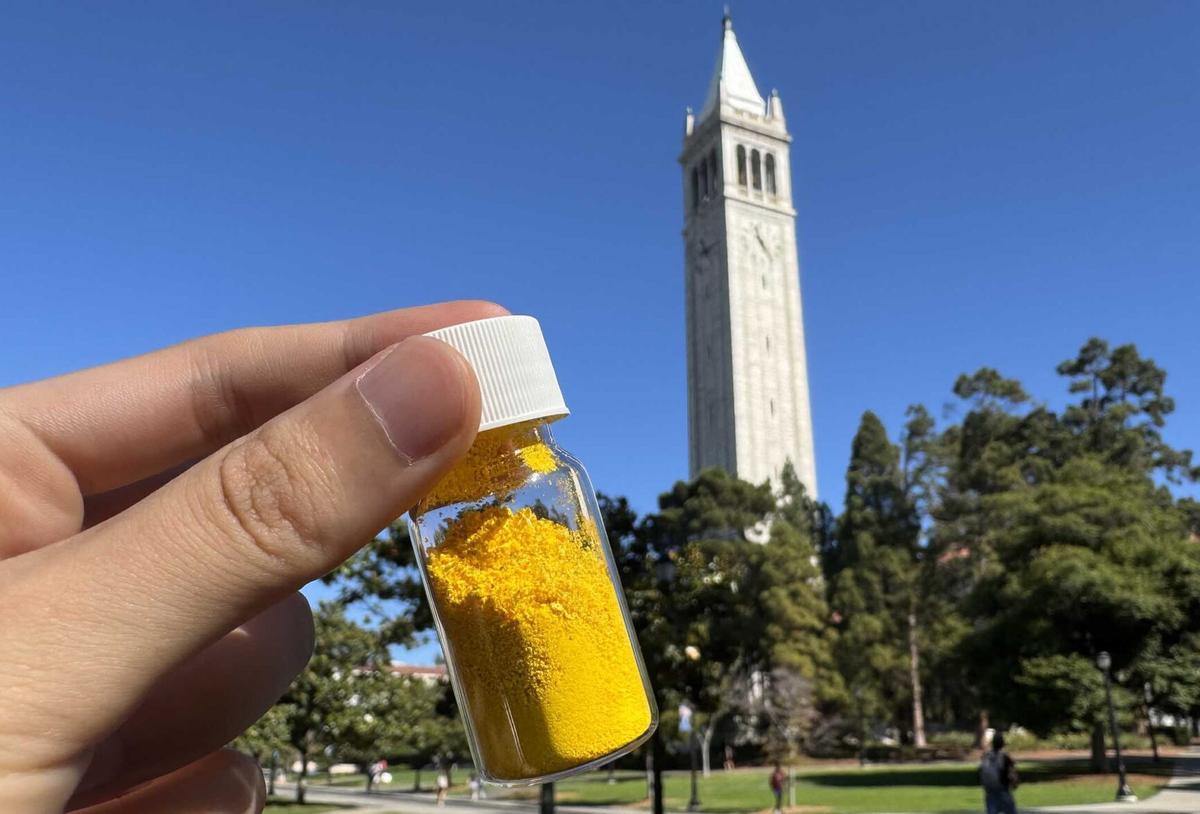Scientists have created the first gene-editing medicine made for a single patient. The patient - a young baby who was sick because of a problem with his DNA - is now greatly improved, and is expected to go home soon.
Published in “Technology”
Scientists in the Netherlands have created a soft-bodied robot that's powered by air. The robot doesn't have a computer or a "brain", but even so, it's able to walk and swim on its own.
Scientists working at the Cambridge University Library have discovered a lost story from the middle ages about King Arthur and Merlin. The story was hiding in plain sight - it had been used as a book cover. Now scientists have carefully "unfolded" the book cover digitally, revealing the hidden story.
Last Saturday, a half marathon was held in Beijing, China. About 12,000 runners took part. On a separate track, beside the human runners, 21 human-like robots tackled the same challenge. It was the first race of its kind. Despite the challenges, six robots finished the race.
Yesterday was the 55th celebration of Earth Day. This year's theme was "Our Power, Our Planet", with a focus on how rapidly growing renewable energy sources are promising hope in the fight against the climate crisis.
Scientists in Australia have used Artificial Intelligence (AI) to help them locate a rare bird called the Plains-wanderer. This new information will help scientists protect the birds, which are endangered.
A company called Colossal Biosciences has created thick-haired mice that they are calling "Colossal Woolly Mice". The mice, created by editing DNA, are meant to be a step toward the company's larger goal of recreating the extinct woolly mammoth. Not everyone thinks it's a great idea.
On Sunday, a company called Firefly Aerospace became the first private company to make a perfect landing on the moon. Firefly is working with NASA, and its spacecraft, Blue Ghost, is carrying out several experiments for the space agency.
Scientists in California have created a new material that can remove large amounts of carbon dioxide from the air. The fluffy yellow powder works faster than other materials and can be used over and over again. The new material could play an important part in the fight against climate change.

